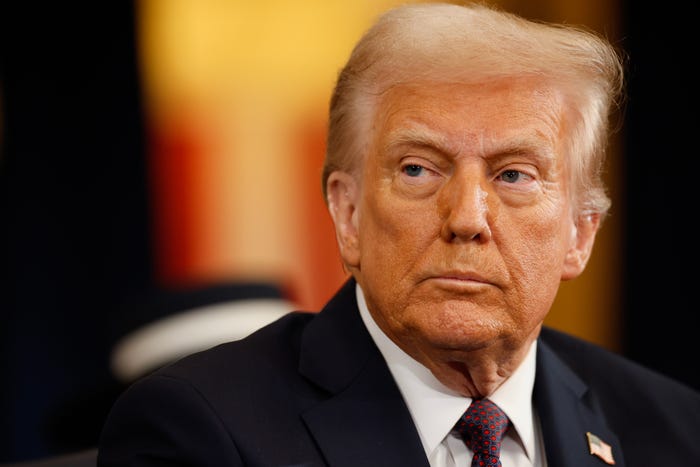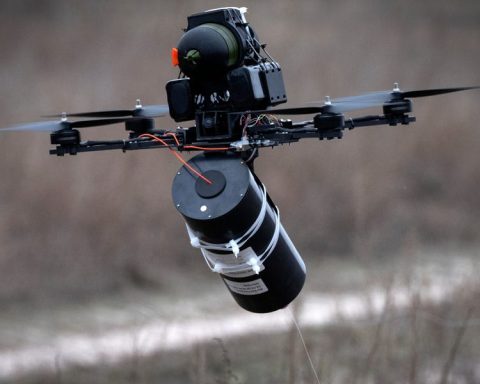The US Army Refocuses on Tank Proficiency
The US Army may boast the finest tanks globally, yet it currently faces a significant challenge: its tank gunners have lost their edge. “There exists a gap between the sophisticated capabilities of tank weapon systems and the crew’s ability to utilize them effectively,” cautioned Robert Cameron, a historian for the US Army’s armor branch, in a piece for Armor Magazine, the official publication for the Army’s tank forces.
“Tanks are adept at engaging diverse targets with high precision over extended ranges, whether stationary or in motion,” Cameron noted. “However, many crews are struggling with the fundamental principles of tank gunnery.”
Decades of concentrating on counterinsurgency operations in places like Afghanistan and Iraq have hindered the Army’s expertise in mechanized warfare. The war in Iraq commenced with a rapid armored advance into Baghdad but transitioned into a counterinsurgency scenario where highly trained tank units were employed like infantry during foot patrols. Now, the US military must gear up for combat reminiscent of World War II and the Cold War, which involves large mechanized formations — brigades, divisions, and corps — battling well-equipped adversaries such as Russia and China.
“We are reinvigorating our emphasis on large-scale combat operations, which entail extended engagement distances and the full utilization of our fire control systems, ammunition, and optics,” Steve Krivitsky, the weapons and gunnery branch chief at the US Army Armor School at Fort Benning, Georgia, informed Business Insider. However, this shift necessitates reinforcing foundational skills like gunnery.
Cameron referred to a 2019 study, along with the outcomes of the 2022 Sullivan Cup — a biennial competition at Fort Benning for top M1A2 Abrams tanks crews. “Crews faced difficulties with boresighting, target detection and identification, machine gun engagements, and target acquisition,” he stated.
The Importance of Basic Skills
To successfully strike a target with their primary weapon — a 120 mm cannon on the Abrams — several sequential actions are mandatory. The crew must first detect and identify the target(s), load the appropriate ammunition, and employ techniques for estimating range and engaging moving targets.
At the Sullivan Cup hosted at Fort Moore, Georgia, the gunnery skills of various tank crews were assessed. An M1 Abrams crew from the 1st Battalion, 66th Armor Regiment, 3rd Armored Brigade Combat Team, 4th Infantry Division participated in the 2024 competition.
Photo Credit: Sgt. Woodlyne Escarne/US Army
This is not the first instance of tank gunnery issues within the US Army. The tremendous growth of the armored forces during World War II necessitated training a vast number of conscripts rapidly. In the 1960s, the Army’s gunnery standards suffered due to hasty training and the demands of the Vietnam War, where tank crews often operated on the ground as infantry. By the 1970s, the Army was faced with the potential of a large-scale Soviet offensive targeting NATO forces. “For tank units in Central Europe, this looming threat was alarming, as forecasts estimated the lifespan of a tanker during conflict to be measured in mere hours or days,” Cameron remarked.
The 1980s saw marked improvements in Army marksmanship, attributed to more rigorous gunnery assessments, cohesive crew training, advanced simulators, laser range finders, and enhanced training facilities like the National Training Center in California. These enhancements yielded significant results in the 1990 Gulf War, where US tanks decisively defeated Iraqi armored forces in America’s last significant tank-on-tank confrontation.
Yet again, gunnery skills waned in light of counterinsurgency strategies in the 2000s. Cameron observed, “Armor brigade combat teams, limited by compressed training schedules and ongoing deployments, struggled to allocate time for traditional gunnery and combined arms maneuvers.” The frequency of gunnery practice plummeted from biannual sessions to just one or two over a three-year span.
In the last 25 years, active-duty US Army crews have had the capacity to fire up to 102 rounds from their tank’s main gun annually. Each tank company has around 18 days designated for live-fire training each year, in addition to other training opportunities at home and overseas, coupled with four hours of simulator practice every month — amounting to roughly 2000 main gun trigger pulls in simulators, as highlighted by Krivitsky, a seasoned Army veteran who joined in 1986 and achieved master gunner status.
The Current Contradiction
Consequently, the US Army finds itself in a paradox: while its tanks are better than ever with advancements in models like the M1A2 SEP (System Enhancement Package) v3 and the upcoming M1E3, designed in collaboration with General Dynamics Land Systems, the manufacturers of the M1 Abrams, crew proficiency is lagging. Historical models like the Sherman of the 1940s or the Patton tank from the 1960s seem primitive by today’s standards.
Moreover, tank crews are not lacking in capability. “Our crews are generally performing to standard with frequency,” Krivitsky assured. Yet, Cameron urged caution in interpreting results from competitions like the Sullivan Cup. “The outcomes are not necessarily indicative of the overall operational capacity of the tank force; they simply reflect specific crews at specific times confronting particular challenges,” he stated.
The critical inquiry remains whether crews can extract the maximum potential from their equipment. The modern battlefield is increasingly perilous for tanks; estimates suggest that Russia has lost over 14,000 armored vehicles, including tanks, during three years of conflict in Ukraine.
However, proficiently trained tank crews can still achieve remarkable successes against daunting odds, as demonstrated by Israel during the Golan Heights conflict in 1973. The US Army aspires for tank crews capable of accurately engaging targets at long ranges — between 1,800 to 2,400 meters (2,000 to 2,600 yards) — swiftly eliminating multiple threats. “Generally, our crews take about 31 seconds to neutralize any sort of threat,” Krivitsky revealed.
Looking Ahead
The US Army’s Armor Standardization and Training Strategy 2030 aims to enhance skills and training efficacy. A new gunnery manual — the first update since 2015 — is expected to be released in the upcoming months.
Today’s Army tank units possess advantages that earlier generations lacked, including a comprehensive, standardized tank gunnery program. “During World War II, there was no unified gunnery methodology,” Cameron commented. “Too often, units operated independently of one another.”
The opportunity to fire the tank’s cannon is in itself a significant incentive. “I loved being a tanker,” Krivitsky reminisced. “Gunnery made me want to stay in the Army longer. That was the best job I ever had.”







